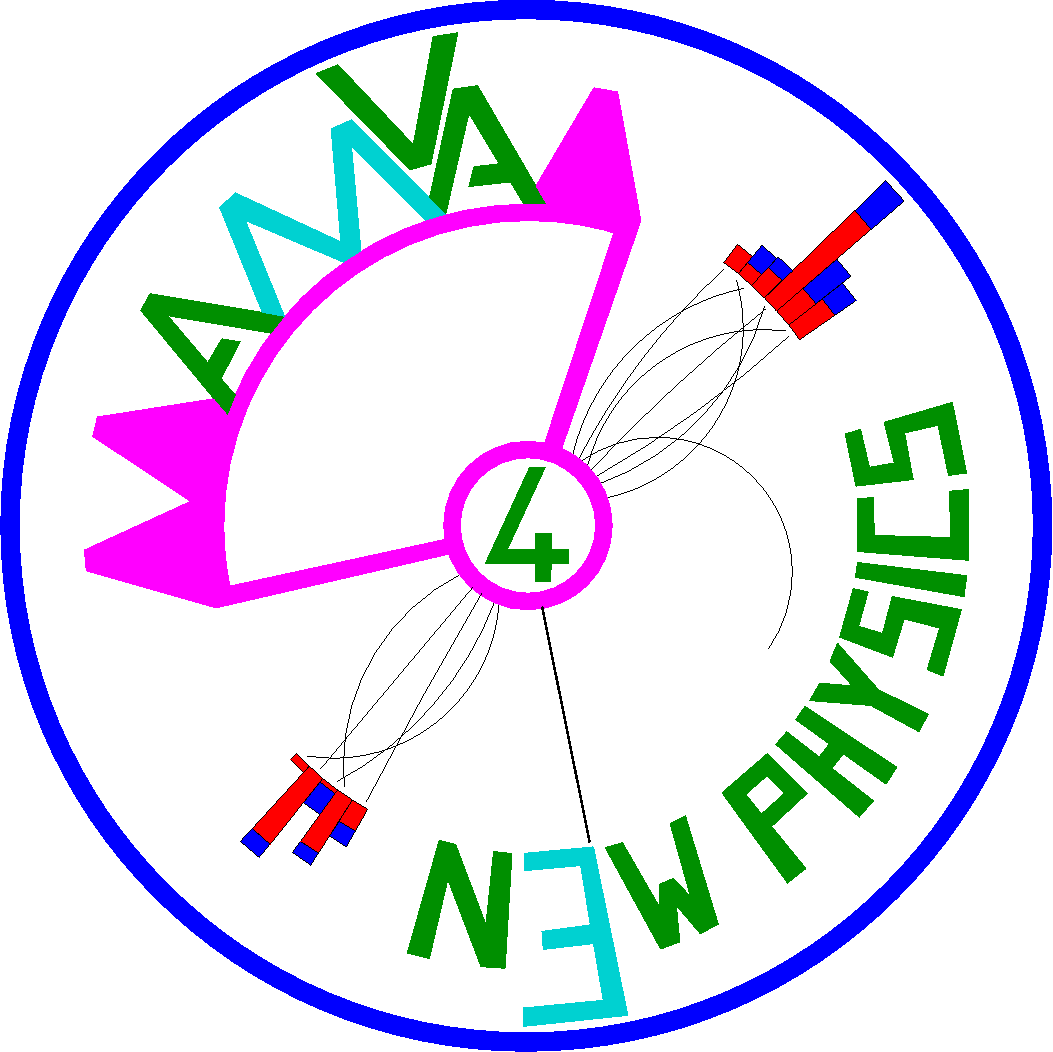


Fabricio Jiménez, the Early-Stage Researcher (doctoral student) for the UCA node has been hired in July 2016. Our node has been involved in the research and development of Statistical Learning methods and their applications in the context of Model-Independent
searches for New Physics with data from the ATLAS detector. More specifically, the work has been developed in close collaboration with two other groups of the network, each of which was kickstarted by secondments of our student in the respective institutions:
- With the Statistics Department at the University of Padova (Italy), our research focused in a proof of concept of an algorithm for anomaly detection. The method extends previous work that uses Gaussian Mixture Models in a semi-supervised approach,
by means of a penalized likelihood for regularization. We were thus able to perform anomaly detection and dimensionality reduction in parallel for our problem setup, and an application in the context of dijet searches was performed. The resulting report delivered
in December 2017 can be found in here: http://www.pd.infn.it/~dorigo/D4.2.pdf, and the corresponding code in https://github.com/Grzes91/PenalizedAD
- Since 2018, in collaboration with the ATLAS group from the University of California at Irvine (United States), there is an ongoing project for extending a method for modelling backgrounds and generic signals in mass spectra using Gaussian Processes
in the search for New Physics. Gaussian Processes have been used for quite a few years in several domains but their application in High-Energy Physics problems is fairly recent and brings a number of advantages with respect to other methods in the background
modelling. Aiming for model-independence, we are currently developing a method with the fewest possible number of assumptions on the shape of (background or signal) distributions, that could serve to be applied to a broad number of variables and signatures.
Besides those activities, the network maintains a set of regular meetings, events and activities that despite being devised for the benefit of the network nodes and its students, often have an impact beyond that audience. Such events include specialized
courses, lectures to broad audiences and outreach events, to name a few.



 , directed by J. Donini
, directed by J. Donini